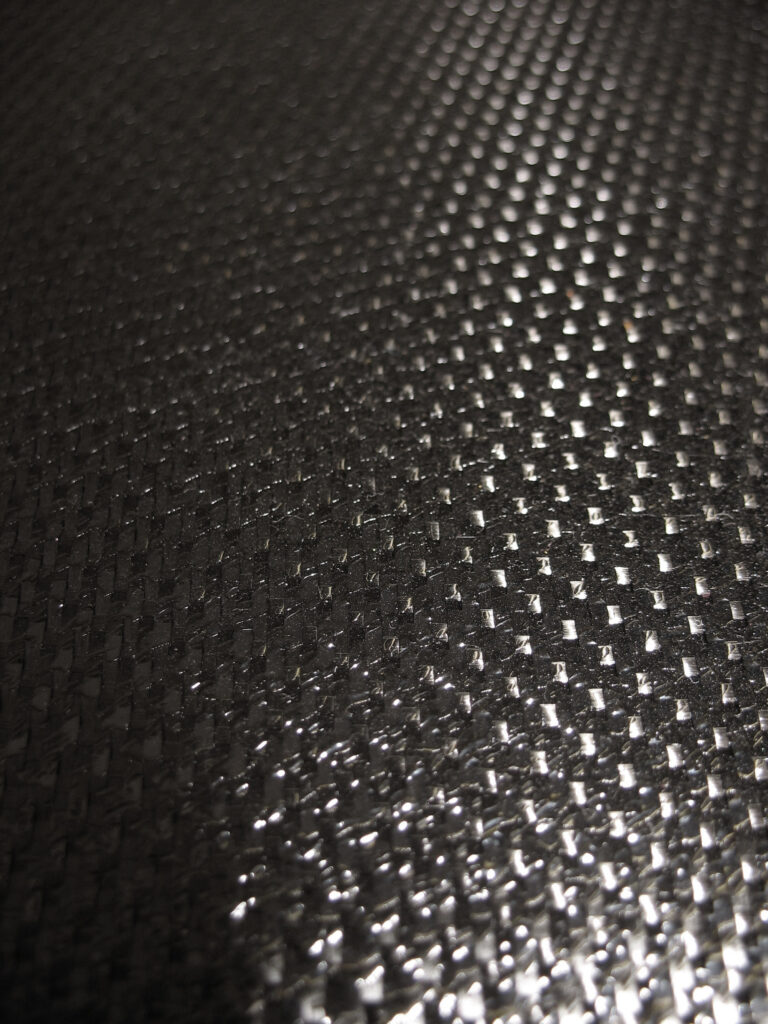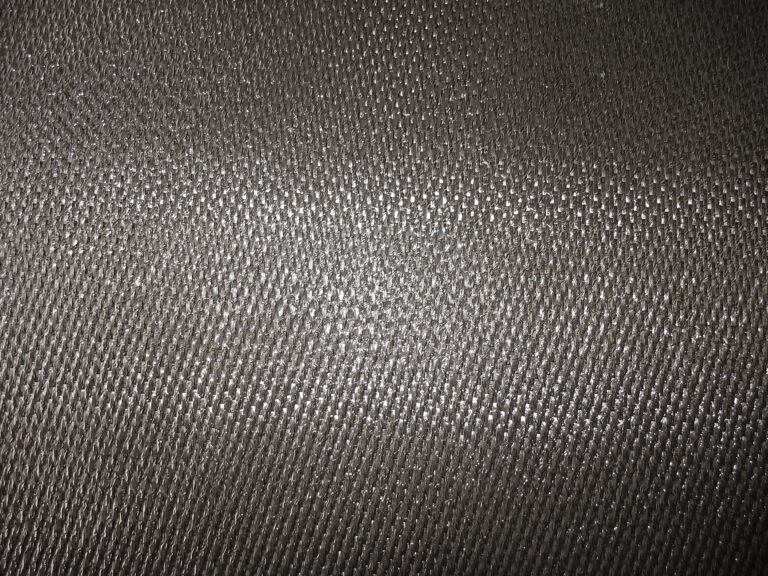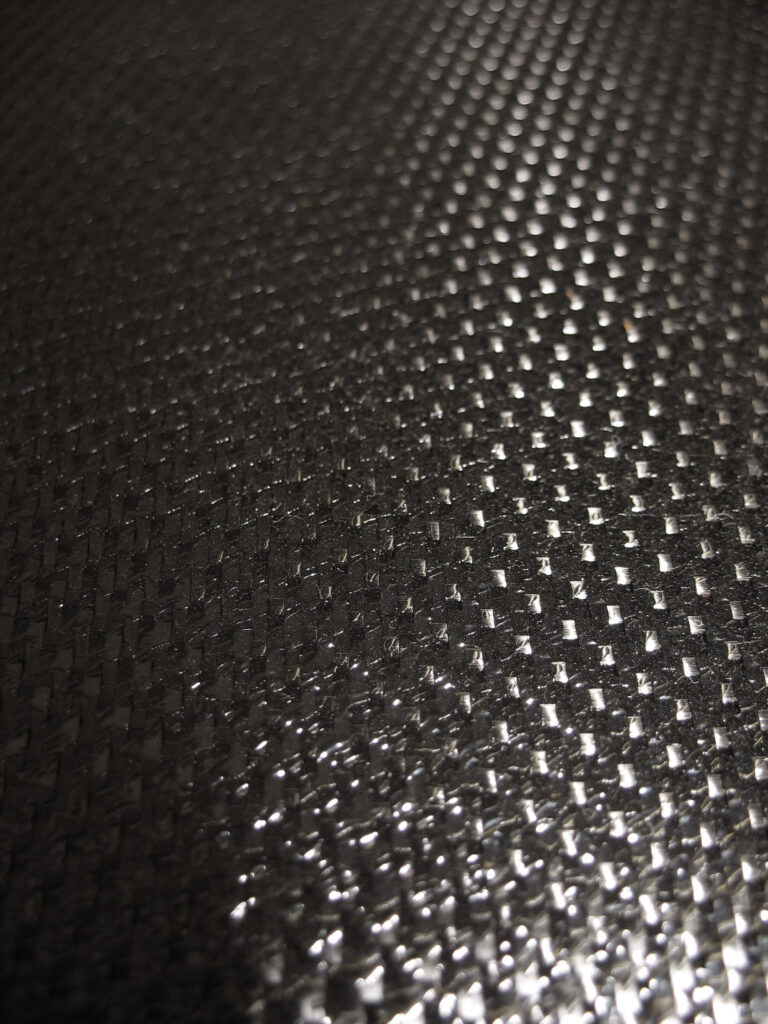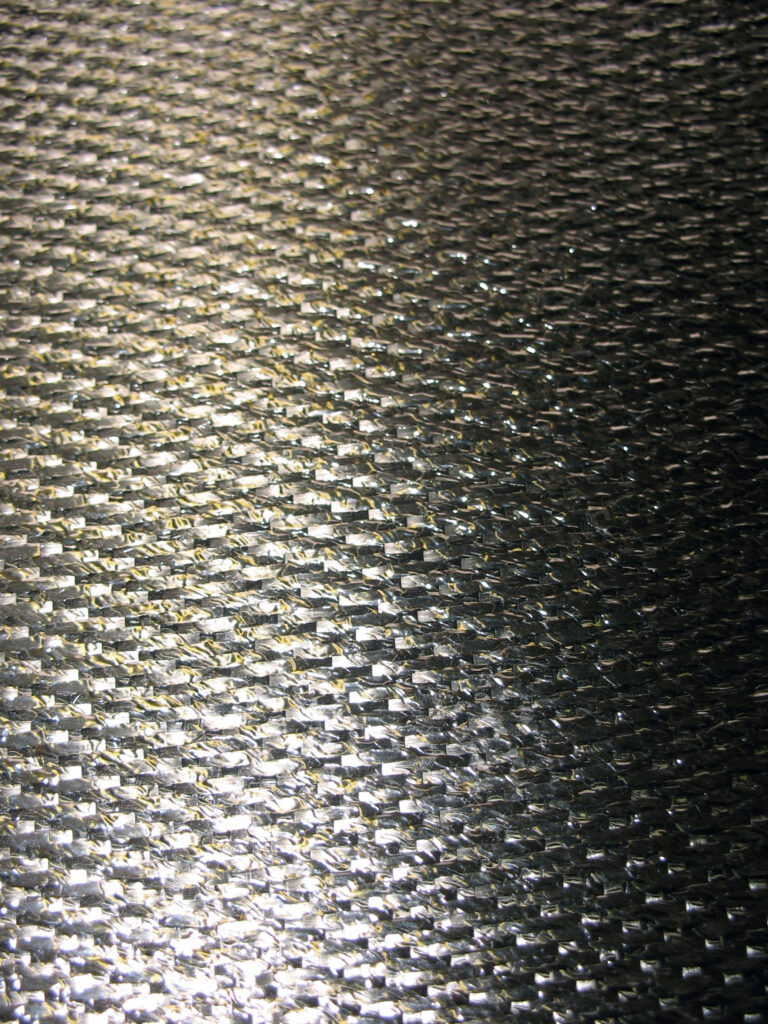Understanding Mold Remediation: Process, Safety, and Costs
Mold growth in homes and buildings can pose significant risks for both property owners and occupants. To address this issue effectively, mold remediation is necessary. In this article we’ll explore what exactly mold remediation entails; its safety measures; what it means to undergo such a process; whether or not you may receive tax deductions as well as an overview of associated costs with the procedure.
The Process of Mold Remediation
Mold growth can be a serious issue in indoor spaces. To address this problem effectively, one must engage in mold remediation which involves identifying where the fungus is growing and then removing it completely from your home or office space. This process typically includes three key steps: identification of affected areas; containment to prevent further spreading; and finally removal through various methods such as vacuuming or chemical treatments. By following these steps carefully you can ensure that any potential health risks associated with exposure are minimized while also restoring cleanliness within your living environment.
- Inspection and Assessment: A certified mold inspector assesses the extent of your problem by identifying different types of molds and determining their sources. With this information they can create a plan for remediating any issues you may have with these unwanted guests in your home or business space. Don’t let mold ruin your indoor air quality – call an expert today!
- Containment: To prevent the spread of mold spores, we use physical barriers and negative air pressure systems to isolate affected areas. This ensures that no contaminants are released into other parts of your home or business premises.
- Removal: To effectively eliminate mold infestations from your property, it is essential to remove all affected materials. This can be achieved through various methods such as dry ice blasting or sanding followed by chemical treatments for thorough removal. With these techniques at hand you’ll have peace of mind knowing that the problem has been addressed completely and safely disposed off without any risk posed to human health or environmental hazards.
- Cleaning: To prevent future mold growth all surfaces are thoroughly cleaned, disinfected and dried. This process ensures that the environment remains hygienic and free from any potential hazards caused by fungal infestations. By taking these steps you can rest assured knowing your home or workplace is safe for everyone who inhabits it.
- Prevention: To prevent mold from coming back its essential to address the root cause – moisture. This typically involves implementing measures such as proper ventilation, dehumidification and repairing any damage that may have contributed to the problem in the first place. By taking these steps you can rest assured knowing your home is protected against future outbreaks of this unwanted guest!
The Dangers of Mold Remediation
Mold remediation requires specialized expertise and adherence to safety protocols. Professional mold remediators use protective gear during the process while ensuring that occupants are safe from any potential harm caused by exposure. The ultimate goal is creating a healthy environment for everyone involved.
What Is Mold Remediation?
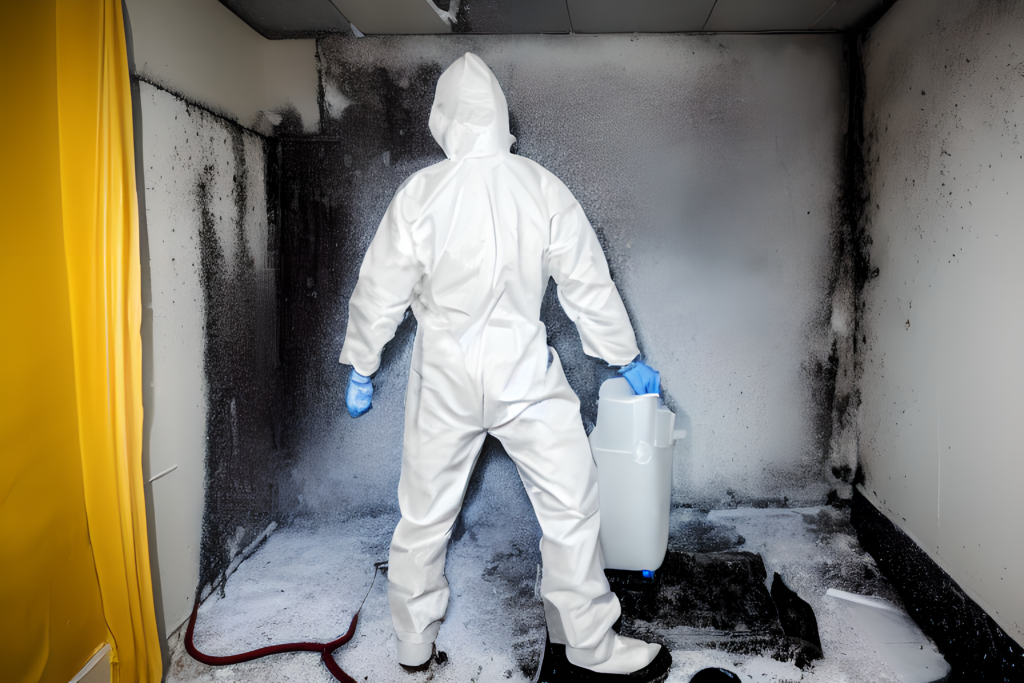 Mold remediation is more than just cleaning up visible mould. It requires identifying and addressing the underlying problem to prevent future growth. Taking action now can save you from costly repairs later on down the line. Don’t let this issue go unchecked! Take control of your environment by investing in professional services today.
Mold remediation is more than just cleaning up visible mould. It requires identifying and addressing the underlying problem to prevent future growth. Taking action now can save you from costly repairs later on down the line. Don’t let this issue go unchecked! Take control of your environment by investing in professional services today.
Mold Remediation Tax Deduction – What You Need To Know
Mold remediation costs are typically not eligible for tax deductions or credits as either medical expenses or home improvements. However there may be exceptions if mold removal is necessary due to a health condition or when it forms part of an extensive renovation project that qualifies for such benefits. To determine whether you can claim any related expenditures on your tax return consult with a qualified professional in this field.
The Cost of Mold Remediation
Mold remediation costs can fluctuate significantly based on several factors such as the severity of mold growth, affected area size and type. Small-scale localized issues may cost a few hundred dollars while larger ones could set you back thousands. To obtain an accurate estimate for your specific situation it is essential to seek quotes from certified professionals. Don’t let this expense catch you off guard! Be proactive in seeking out information about what it will take financially before starting any work.
Mold can be a serious issue for homes and buildings alike – but don’t despair! With proper mold remediation techniques at your disposal you have the power to take back control of your space. This involves careful inspection followed by containment measures that prevent further growth while also removing any existing infestations from affected areas within your property.
While safety should always come first when tackling this problem it is worth noting that costs may vary depending on various factors such as location or severity level among others; tax deductions are generally unavailable in most cases unless otherwise specified under certain circumstances. To ensure success with minimal risk involved hire only certified professionals who possess extensive knowledge about how best to handle these types of situations effectively without compromising quality standards along the way. By doing so you will achieve peace of mind knowing that your home or building has been restored to its former glory free from all traces of unwanted fungus growths!


